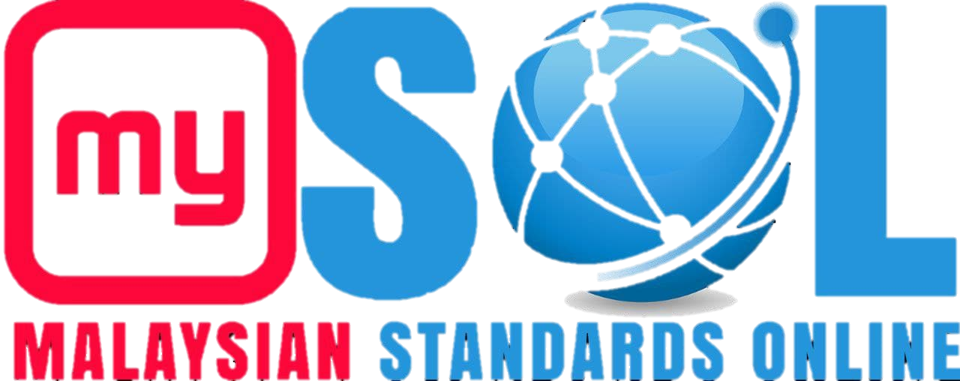Security for industrial automation and control systems – Part 4-1: Secure product development lifecycle requirements (IEC 62443-4-1:2018, IDT) (Published by Department of Standards Malaysia in 2023)
MS IEC 62443-4-1:2018Status : Original
Format : PDF
This part of IEC 62443 specifies process requirements for the secure development of products used in industrial automation and control systems. It defines a secure development life-cycle (SDL) for the ....Read more
Security for industrial automation and control systems – Part 4-2: Technical security requirements for IACS components (IEC 62443-4-2:2019, IDT) (Published by Department of Standards Malaysia in 2023)
MS IEC 62443-4-2:2019Status : Original
Format : PDF
This part of IEC 62443 provides detailed technical control system component requirements (CRs) associated with the seven foundational requirements (FRs) described in IEC TS 62443-1-1 including definin ....Read more
Hygiene on Board (HOB) practices for fishing vessel - General requirements
MS 2772:2023Status : Original
Format : PDF
This Malaysian Standard provides the Hygiene on Board (HOB) Practices for fishing vessel and to serve as basic requirements on ensuring the safety of fish and fishery product for human consumption.
Rubber — Determination of metal content by atomic absorption spectrometry — Part 4: Determination of manganese content (ISO 6101-4:2022, IDT)
MS ISO 6101-4:2022Status : Original
Format : PDF
This document specifies an atomic absorption spectrometric method for the determination of the manganese content of rubbers.
The method is applicable to raw rubber and rubber products h
....Read more
Rubber — Determination of metal content by atomic absorption spectrometry — Part 3: Determination of copper content (ISO 6101-3:2022, IDT)
MS ISO 6101-3:2022Status : Original
Format : PDF
This document specifies an atomic absorption spectrometric method for the determination of the copper content of rubbers.
The method is applicable to raw rubber and rubber products havi
....Read more
Rubber, vulcanised or thermoplastic — Determination of dynamic properties — Part 1: General guidance (ISO 4664-1:2022, IDT)
MS ISO 4664-1:2022Status : Original
Format : PDF
This document gives guidance on the determination of dynamic properties of vulcanized and thermoplastic rubbers. It includes both free- and forced-vibration methods carried out on both materials and p ....Read more
Rubber, vulcanised or thermoplastic — Determination of the effect of liquids (Third revision) (ISO 1817:2022, IDT)
MS ISO 1817:2022Status : 3rd Revision
Format : PDF
This document describes methods of evaluating the resistance of vulcanized and thermoplastic rubbers to the action of liquids by measurement of properties of the rubbers before and after immersion in ....Read more
Rubber, vulcanised or thermoplastic — Resistance to ozone cracking — Part 1: Static and dynamic strain testing (Second revision) (ISO 1431-1:2022, IDT)
MS ISO 1431-1:2022Status : 2nd Revision
Format : PDF
This document specifies the procedures intended for use in estimating the resistance of vulcanized or thermoplastic rubbers to cracking when exposed, under static or dynamic tensile strain, to air con ....Read more
Information and documentation – Processes and functional requirements for software for managing records – Part 1: Functional requirements and associated guidance for any applications that manage digital records (First revision) (ISO 16175-1:2020, IDT) (Published by Standards Malaysia in 2022)
MS ISO 16175-1:2020Status : 1st Revision
Format : PDF
This document provides model, high-level functional requirements and associated guidance for software applications that are intended to manage digital records (including digital copies of analogue sou ....Read more
Safety and health signage used in the workplace - Specification (Second revision)
MS 2558:2022Status : 2nd Revision
Format : PDF
This Malaysian Standard prescribes safety sign and establishes the safety identification colours and design principles for safety signs to be used in workplaces for the purpose of incident prevention, ....Read more
